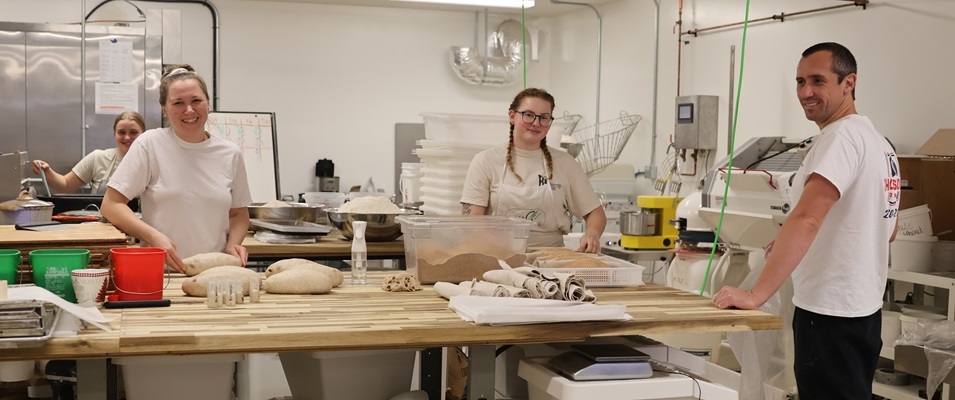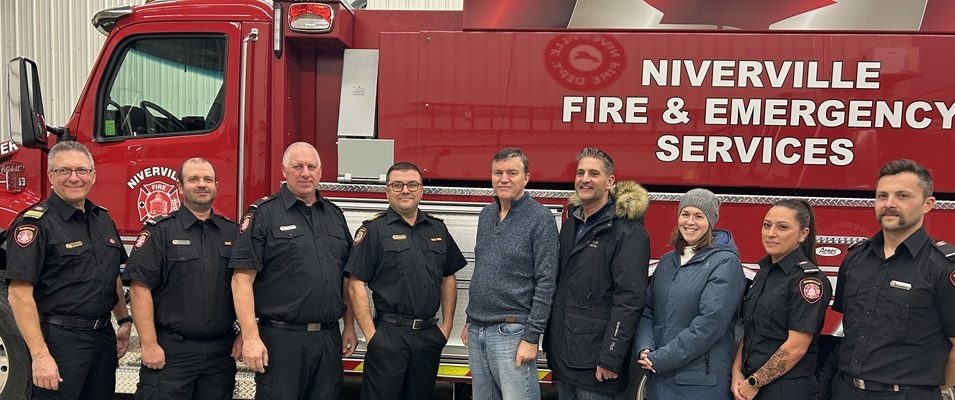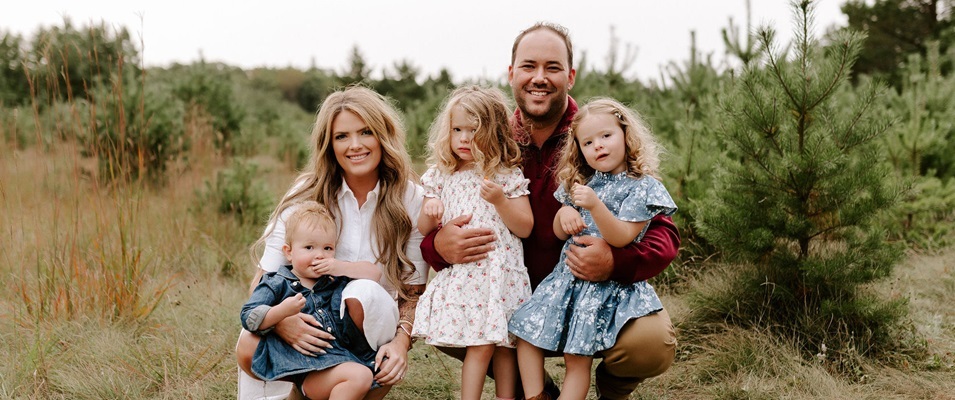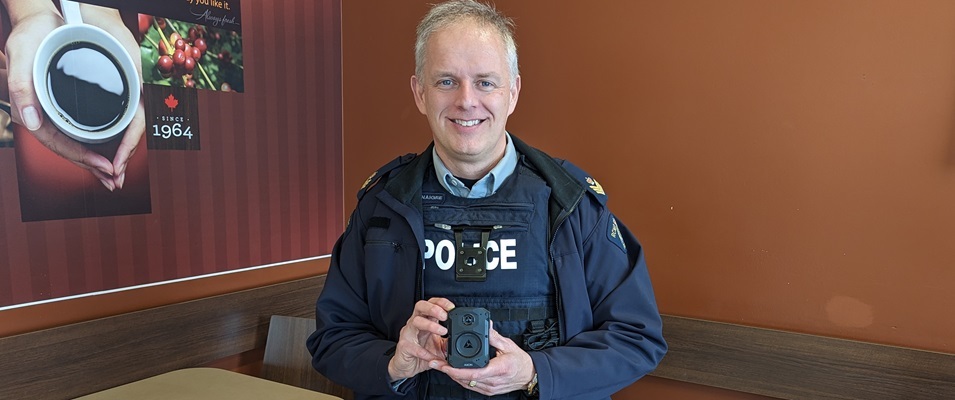
In southern Manitoba, it can be tough to convince people that prairies are an at-risk ecosystem. The environmental damage doesn’t look as obvious as a bleached coral reef or a smog-covered city.
The damage is very real, though. At least 70 percent of Canada’s grasslands have already been lost to agriculture, permanent settlement, and invasive species.
One particular type of grassland, the tall grass prairie, has been so decimated that only 0.5 percent of the original ecosystem remains in Canada today. With the heavy losses of natural grasslands, many species of plants, animals, and insects are becoming endangered. Because so few protected areas exist within Canada and around the world, conservationists are growing increasingly concerned.
A significant part of their concern stems from a general lack of public interest.
Cary Hamel, the Science Manager for the Manitoba branch of the Nature Conservancy of Canada, theorizes that people aren’t too concerned about our grasslands because they don’t even realize there’s a problem.
“If you ask people to name an endangered ecosystem, they think of the tropical rainforest or the coral reefs,” Hamel says. “But actually, the most endangered ecosystem on the planet is the temperate grasslands.”
Temperate grasslands, which only exist in the cooler places of the world, are varied. In Manitoba, there are four broadly defined types of grassland: tall grass, mixed-grass, sandhill, and fescue, all of which thrive in different regions of the province.
Tall grass prairies once stretched all the way from Texas to Manitoba, one of the only places in the world where this ecosystem is found. These grasslands have been home to thousands of species, many of which don’t live anywhere else. As their habitat disappears, they are unable to adapt or relocate, and thus they’re disappearing. The white lady’s slipper, for example, has become so rare that it is only found in ten locations in Manitoba, and picking or disturbing the plant is illegal. Birds such as the Baird’s swallow and the burrowing owl have also seen a catastrophic population reduction.
But concerns about grassland loss extend further than endangered species.
“Grasslands also clean the water,” says Hamel. “They slow down flooding by absorbing water and keeping it on the land. They prevent soil erosion. They sequester carbon in soil. They’re home to pollinators. They’re also important for the economy in terms of livestock feed.”
The loss of native grasslands also impacts Indigenous peoples, whose beliefs have traditionally been deeply tied to the land. Many argue that protecting these ecosystems is also an issue of human rights for Indigenous people, who traditionally see themselves as stewards, rather than owners, of the land.
The Indigenous Environmental Network, an international group seeking to protect ecosystems like grasslands, states in its mission: “the traditional teachings, lifestyles, spirituality, cultures and leadership of our people, as well as the survival of our future generations, are entirely dependent upon our respectful relationship with the natural world.”
They say that the loss of grasslands erodes their very culture.
There’s a long list of reasons to conserve grasslands, but there’s an equally long list of challenges to any attempted protection. Public awareness is a large hurdle. It’s not that people don’t care; they just don’t know.
“Prairies are easy to overlook,” Hamel suggests. “If someone is driving down the highway or going for a hike, you just see grass and you don’t really think about it.”
When people think of the great outdoors in Canada, they don’t think of vast landscapes of grass. Indeed, run a Google image search for “Canadian landscape” or “Canadian nature” and you’ll bring up photos of majestic mountains, green forests, and sparkling lakes. The prairies don’t turn up in the top ten, or even top 50, results.
Another challenge in protecting grasslands is controlling the advance of invasive species. In particular, grasslands are at risk of being overtaken by shrubs and trees.
“Forests are great, and they’re important, of course,” says Hamel. “The problem is that they displace the grassland species. It’s a natural process, but in the past it was kept in check by natural disturbances.”
Historically, large herds of bison, deer, and cattle would graze, flatten soil, and clear space for new growth. And while many people think of prairie fires as destructive forces to be stopped, they are important in the lifecycle of a grassland. Fires keep shrub growth at bay and rapidly decompose dead biomass.
Climate change poses another challenge. In southeastern Manitoba, the land is getting wetter, which means that trees and shrubs have an even better chance of invading grasslands.
And of course the biggest challenge to protecting the prairie ecosystem is the human race.
“People call grasslands the breadbasket of the world,” Hamel points out. “Tall grass prairie soil is incredibly rich, so that’s exactly where people want to grow their crops. It’s where people have settled and built their cities, because it’s where they can grow their food.”
Hamel is quick to note that agriculture and grassland preservation are not necessarily incompatible. Reclaiming even a portion of land as natural prairies can be beneficial for retaining water on fields and preventing soil erosion.
“There is also research being done that shows that crops of canola have higher yields when they’re next to prairies, because they get higher rates of pollination because prairies are home to different varieties of pollinators,” Hamel adds.
The Canola Council of Canada publishes several factsheets on the importance of pollinators and protecting pollinator populations, too.
There are other economic advantages to native grasslands.
“It’s really key for the livestock economy as well,” Hamel says. “Also, mixed economic uses on the landscape can be more resilient to change. And there is also ecotourism. There are actually people who travel all over to see these rare native species and natural habitats, so that’s another way they can contribute to the local economy.”
The Nature Conservancy of Canada isn’t the only organization working to protect grasslands, but they are among the largest. They work to protect the most important and endangered pieces of remaining native grasslands.
“Almost all of the grasslands that remain are privately owned, so this conservation effort has to be done by choices made by private landowners,” Hamel notes.
The Nature Conservancy frequently uses Conservation Easement Agreements to this end. A CEA goes on a land title and commits all future owners to conserving the habitat; in return, the Conservancy pays the owner for the value of that conservation.
“We really work to support people in making good decisions about the land. In a lot of cases, this land has been passed down through generations, with the desire for future generations to smell those same smells, hear those same birdsongs, see those same flowers. It’s about something that’s too good to lose.”
The Conservancy also owns some land, and they work with livestock farmers to bring in animals to graze on the land to improve the health of the grasslands.
One of conservationists’ goals is to get people out and onto the grasslands. Hamel believes that once people are out amidst the native grasses, they will discover the beauty and value in preserving them.
In Manitoba, the best and largest remaining example of tall grass prairie is found at the Tall Grass Prairie Preserve. Located approximately 90 kilometres southeast of Niverville, near Vita, the preserve boasts 2,200 hectares of native grasslands. Visitors can explore three hiking trails year-round with no entry cost.
Smaller protected grasslands can be found in Winnipeg. The Living Prairie Museum at 2795 Ness Avenue is only 12 hectares, but it’s also free to enter and includes an interpretive centre that is open during warmer months. It opens in the spring to coincide with the blooming of Manitoba’s provincial flower, the crocus blossom.
In addition to preservation efforts, some organizations work to recreate grasslands, literally growing new ones. Hamel adds that this can even be done at the individual level.
“That’s something that a general member of the public can do: plant a small batch of prairie grass in their yard,” he says. “It’s pretty neat to see. Right away you see the flowers and grasses, and you’ll have butterflies and birds.”
All in all, Hamel says, grassland protection is beneficial to everyone, and every bit helps, whether it’s a small batch of prairie grass in your backyard, a part of farmland left to go wild, or assistance given to a conservation effort.
“It’s a big part of the heritage of our province, and we want that to still be around for the next generation. It’s like nothing else on the planet and it’s too good to lose.”



















